In the late 1800s, Armenian women developed an interesting practice of obtaining collective products. During the period of the year, when milk was scarce and needed to be stored for several days to create dairy products at home, groups of about 25 people - “khabs” - were formed in the villages and the milk received each day was passed to one member of the group. This example of cooperation in dairy farming is called “Khabukhaz” and its elements are still preserved in Shirak region. This method not only helped to prevent milk from spoiling during storage, but also had an economic impact.
The LEADER village development approach, launched in Armenia in 2021, endeavours to promote local partnership and innovation through the establishment of appropriate institutions and legal frameworks. The LEADER methodology has the force of law in Europe and is a mandatory component of agriculture and rural development strategic plans. In Armenia, the programme is in the pilot phase, operating in three regions: Shirak, Lori and Tavush. The programme is implemented by the Austrian Development Agency, UNDP and FAO.
Husik Sargsyan, head of the LEAD4Shirak project, shared with Mediamax about the LEADER methodology, the work of Local Action Groups (LAG) and connections between neighbouring communities.
The European approach to the development of Armenian villages
The primary goal of LEADER is to facilitate village development through local partnership. This involves the active participation of local self-government bodies, businesses and civil society. These three key players form a Local Action Group (LAG) which serves as a platform for partnership. LAG, with the joint efforts of residents, businesses and local government, facilitate finding simple and effective solutions to issues within the selected area. LAG also provides funding for small-scale pilot projects that have the potential to scale up into larger projects or businesses. Each action group’s selected area comprises at least two enlarged communities. LAG unites areas with historical, cultural similarities and geographical locations, for them to develop together.
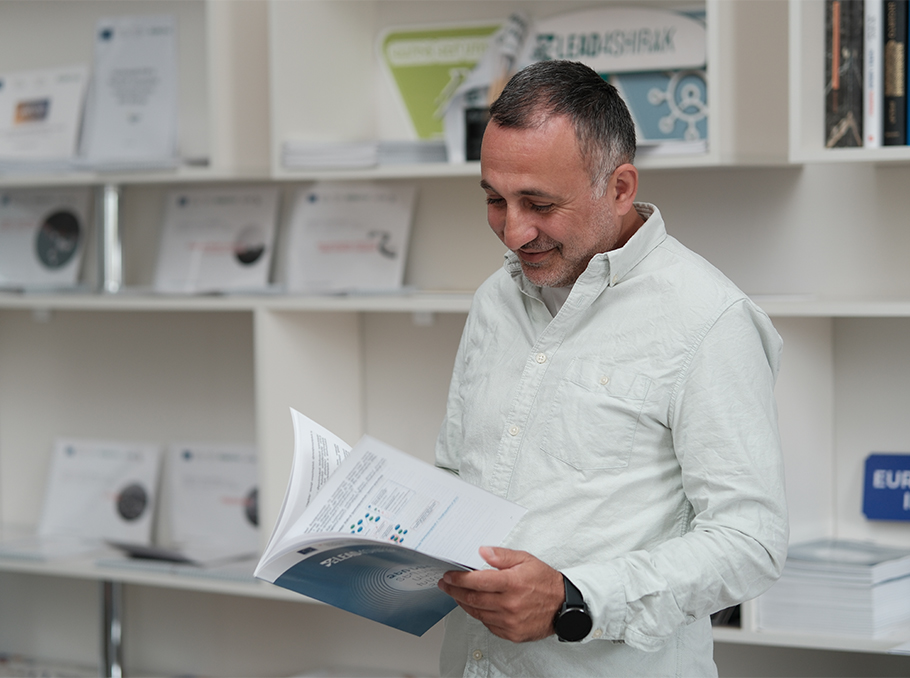 Husik Sargsyan
Husik SargsyanPhoto: LEAD4Shirak
LAGs develop the directions and actions for their territory development strategy and begin to attract various funds for the implementation of the LAG strategy through grants. In Europe, LAGs receive financial support from the state and support business and community projects through grants. In our case, since the programme is a pilot, the strategy developed by the LAGs is implemented with the support of the European Union and the Austrian Development Agency. Usually, such programmes focus on the development of local government, civil society, or business capabilities. LEADER stands out as a unique programme that brings together these three, providing them with opportunities to negotiate, and undertake joint actions, which fosters a stable environment for community development.
Local Action Groups
At the project’s outset, an assessment was conducted, assigning each community its development index. Efforts were made to match less developed communities with more developed ones. Over the course of nearly a year, awareness activities were conducted in these communities and those interested joined the LAGs. Any individual over the age of 18, including local residents, representatives from civil society, and individuals from the public and private sectors, can become a member of LAG. LAG members enhance their capacities to find solutions that benefit the collective interest and actively participate in decision-making processes aimed at improving their living areas.
Unlike non-governmental organizations, a balanced representation is maintained here: one-third of the members should be representatives from local government, one-third from the business sector, and one-third from civil society. Another limitation is that representatives of bodies funded from state or community budgets, such as kindergartens, schools, or local government bodies, cannot exceed 49% of the total membership.
 Educational visit of LAG members and Lead4Shirak programme representative to Austria
Educational visit of LAG members and Lead4Shirak programme representative to AustriaPhoto: LEAD4Shirak
At the outset of the project, two LAG areas were identified in Shirak. In the southern region, we have the Aragats Valley LAG, encompassing four settlements from the enlarged communities of Artik and Ani. In the northern region, we have the Northern Way LAG, covering 21 settlements from the enlarged communities of Amasia and Ashotsk. When forming the third LAG, we followed a process similar to that in Europe: we announced that local people can form groups and join the programme. As a result, two groups won. Since they were from the same settlement, we suggested that they merge and become a single LAG. This is how the Central Shirak LAG was formed, encompassing 16 communities from Akhuryan, 5 from the enlarged Artik community.
The development plan for the LAGs region is worked out through collaboration with experts. For example, we had many proposals for the development of agriculture from the locals, and following consultations with specialists in the field, the most preferred ones were singled out such as berry production, high-value crops, and horticulture. After consulting with the experts, we conveyed their recommendations to the residents and announced grants. Three grants have already been announced, with the latest one currently in the finalization stage. We will start implementing the programmes from July this year.
Three directions of programmes
The LAG strategy encompasses long-term targets and a vision that guide individuals in determining the direction and how to develop their area.
Agriculture, education and tourism have been chosen as the strategic focus areas of the LAGs. All the projects implemented during this period were related to these areas. Milk processing and cheese production are carried out with programmes related to agriculture. Since the funds are limited, we are trying to finance the processing block, rather than primary agriculture, to create a market for the locals. We also support greenhouse farms.
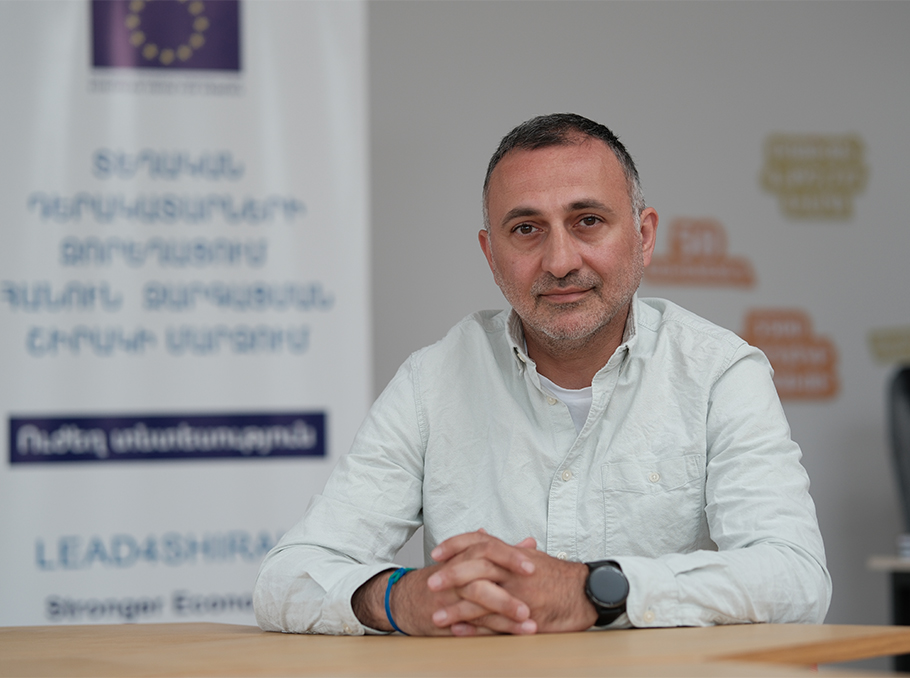 Husik Sargsyan
Husik SargsyanPhoto: LEAD4Shirak
As for tourism, we have established a “kiting” centre in Karmravan, where visitors can enjoy “snowboarding” using balloons, visitors can also relax in the area. Significant investments have been directed towards winter tourism in Amasia, with events like Winter Festival -46°C being carried out within that framework. Northern Way LAG is particularly proactive in developing tourism, with a strong focus on winter tourism initiatives. Significant investments are being directed towards this endeavour. Agricultural and tourist projects are designed to support the development of tourism. In the Amasiya school, a project has been initiated to raise traditions, guides are being prepared. There is also a project related to historical and cultural monuments. All this contribute to the development of tourism in the area.
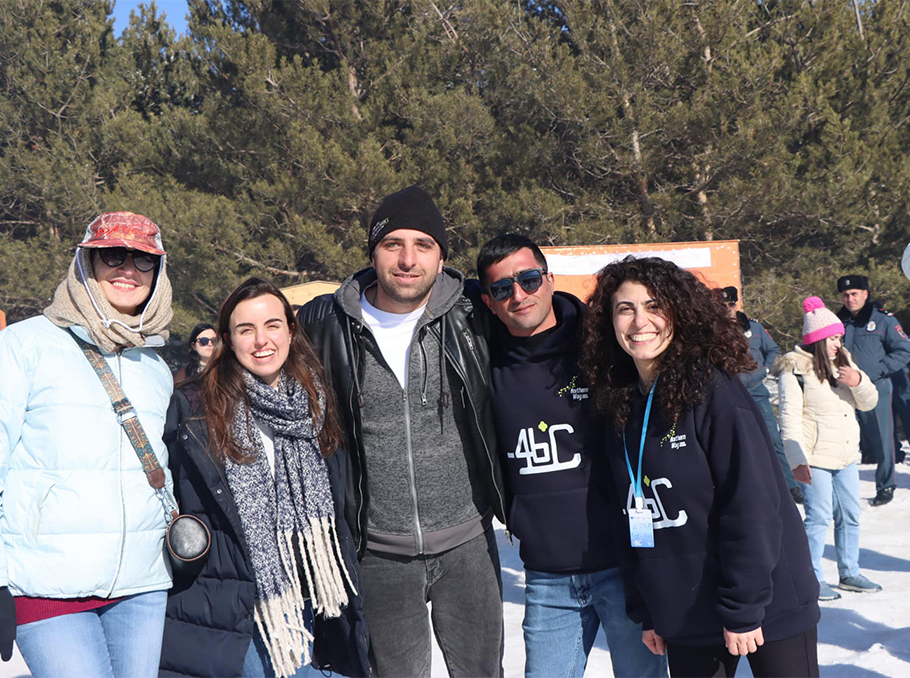 Winter festival -46°C
Winter festival -46°C Photo: LEAD4Shirak
We are trying to develop dual education with schools, to establish a business that will generate income for the school and serve as education platforms for students. For example, at Pemzashen school, a 500-square-meter strawberry greenhouse has been set up, and a harvest is anticipated soon. This greenhouse serves as both a production facility and an experimental area, allowing students to cultivate various plants in addition to strawberries.
LAG will not oppose local self-government bodies
Questions always rise about the difference between LAG and local self-government bodies. The Council of Elders is an elected body, while members of LAG join voluntarily, only the executive director and his/her staff are paid. The LAG is not established to oppose the local government: their goal is the development of the community. Local governments are among the co-founders of LAG, and the group serves as an additional decision-making platform for them, where they engage with local businesses and civil society, discuss how to develop that area and the neighbouring one.
Neighbouring communities in Armenia’s regions know each other well, yet they often lack interaction. It is not that we introduce them to each other, but we create a platform to facilitate dialogue between them. This platform serves as a place of meeting for the two neighbouring local governments, businesses and civil society representatives. We have examples when a community that does not have a garbage collection service has started using the garbage collection service of a neighbouring community.
Ensuring resilience
The LEADER methodology is designed with the aim of securing state funding for the projects. In Armenia, our political partner is the Ministry of Territorial Administration and Infrastructure. We are discussing the programme with them, the pilot is being implemented with their coordination.
There is a state budget for the development of the territories and implementation of the strategy, the state has various tools, and it is assumed that in the future LAGs will become one of those tools. Ideally, the state should allocate certain funds to LAGs for the implementation of development strategy in the areas. If to look into the distant future, resilience is exactly this.
We should be able to present to the decision-makers what added value LAG has brought to the area and it is not merely creating a job. The task of LAG is to bring more cooperation, innovation, partnership culture, additional financial resources.
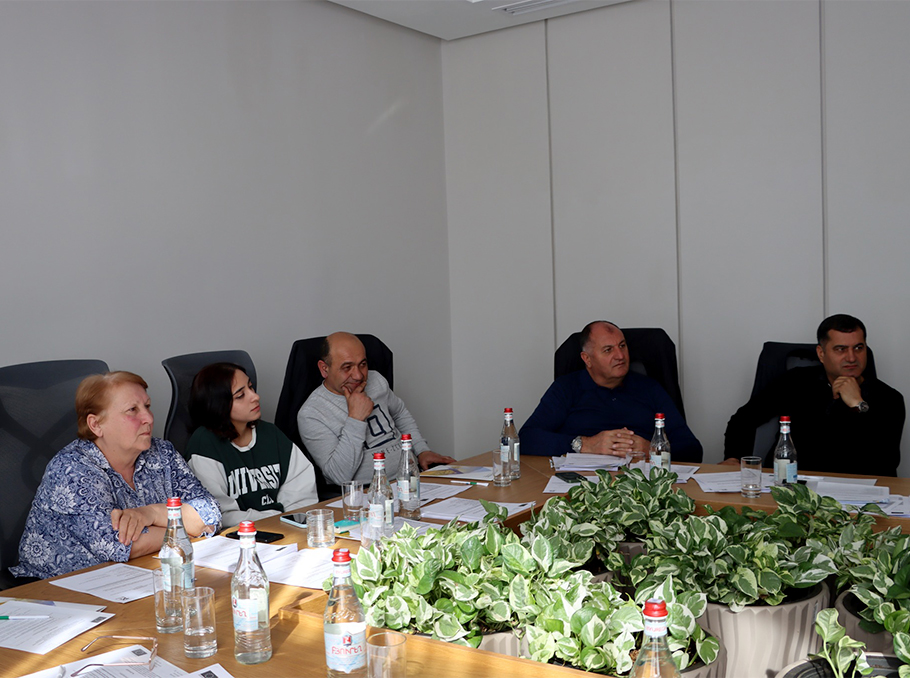 Meeting of Aragats Valley LAG
Meeting of Aragats Valley LAGPhoto: LEAD4Shirak
LEADER has the force of law in Europe, if you develop a village, you must establish a LAG. There is still plenty of time before government support becomes available, so we should consider generating income through business for local action groups. LAGs can have socially oriented businesses which can solve a number of problems. Each LAG can have a business of the direction in which it works most actively. For example, Aragats Valley wants to focus on education and create a new library, which will be more of a public good, will bring a small income, in parallel, it starts camp projects to secure financing. As I have already mentioned, the Northern Way will offer certain winter tourism services. Central Shirak is thinking about creating a centre aimed at changing the agricultural culture.
LEADER - a role model
When discussing resilience, it extends beyond money, it is about awareness, recognition and building connections. We also collaborate with donors to bring programmes and help local governments in applying for grants. These endeavours require specific knowledge and skills.
Some of the people living in the communities are able to apply for grants without anyone’s support, while some residents who have good businesses, ideas, are successful, lack sufficient awareness, have never applied for a grant or government support programmes. We are also working in this direction, guiding individuals towards state programmes within the LAG territory, inform and help them.
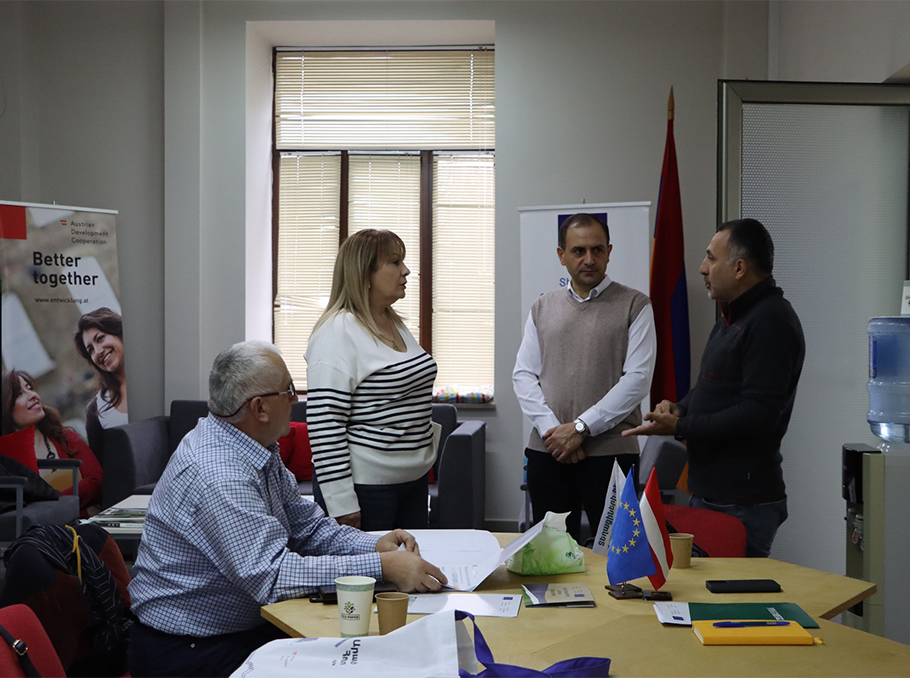 Discussion with Employees of Ministry of Territorial Administration and Infrastructure
Discussion with Employees of Ministry of Territorial Administration and InfrastructurePhoto: LEAD4Shirak
While there is an opinion that we are an individualistic nation, cooperation and partnership are not unfamiliar to us. In Armenia we are trying to find such examples through conversations in the villages. Similar to Europe, we have instances of partnerships, yet there, they have institutionalized, established laws, structures, and cooperatives. In Armenia, however, these partnerships remained as traditions, and are forgotten over time. Now we are trying to transform these traditions into institutionalized practices, give them legal regulations to reinforce this tradition. Our task is to take the tradition, add an element of surprise and deliver it. It is also the innovation model used by the LAG.
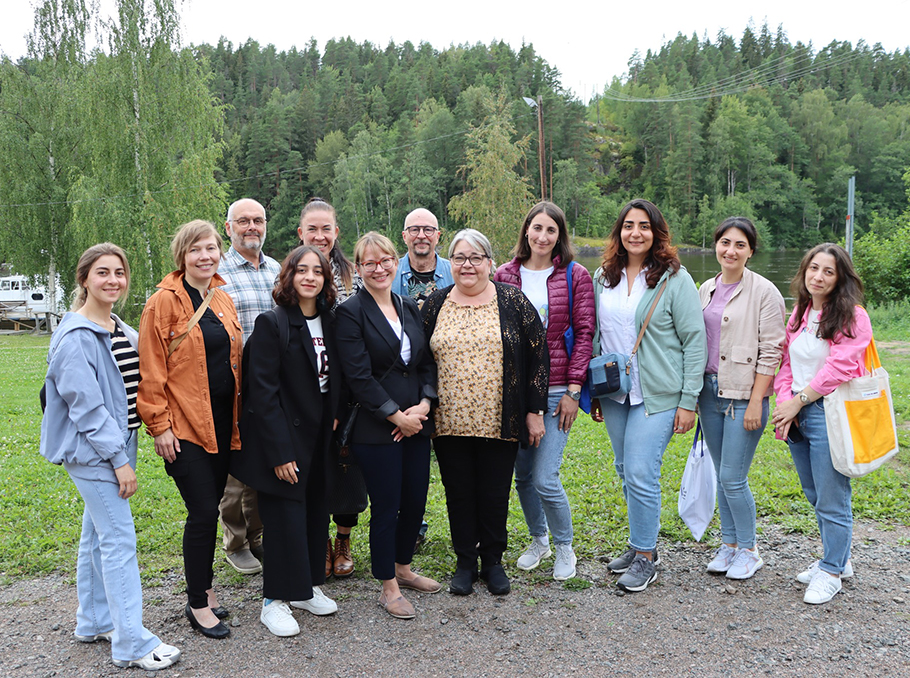 Visit of LAG and Lead4Shirak programme representatives to Finland
Visit of LAG and Lead4Shirak programme representatives to FinlandPhoto: LEAD4Shirak
Through the LEADER programme, we are trying to bring change in two directions: one is to provide new solutions to old problems, the other is to find examples of local partnership, to show that a greater result can be achieved through collaborative work. One of those examples is “Khabukhaz”, which had its own rules and elements of it have been preserved in Shirak region until today. We do not view ourselves as problem solvers, but as creating and showing examples. In our communities, we strive to showcase that by collaborating with us or with each other, individuals can become exemplary figures, setting a precedent for others to follow. Regardless of the initial idea someone brings to the village, there’s always an action group who readily believe and join. However, sustainable development is often driven by those who join later, observing carefully and joining the programme thoughtfully. The initial participants in the LAGs helped shape its history, but a significant part of them - around 70% - are not with us now. The others, who were waiting to see what would come out of it, are now more grounded, and we can take a systematic, institutionalized path with them.
The article was produced with the support of European Union and Austrian Development Cooperation. The content of this article is the sole responsibility of Lead4Shirak project and does not necessarily represent the views of the European Union and Austrian Development Cooperation.
Ani Khchoyan













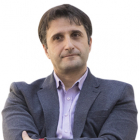


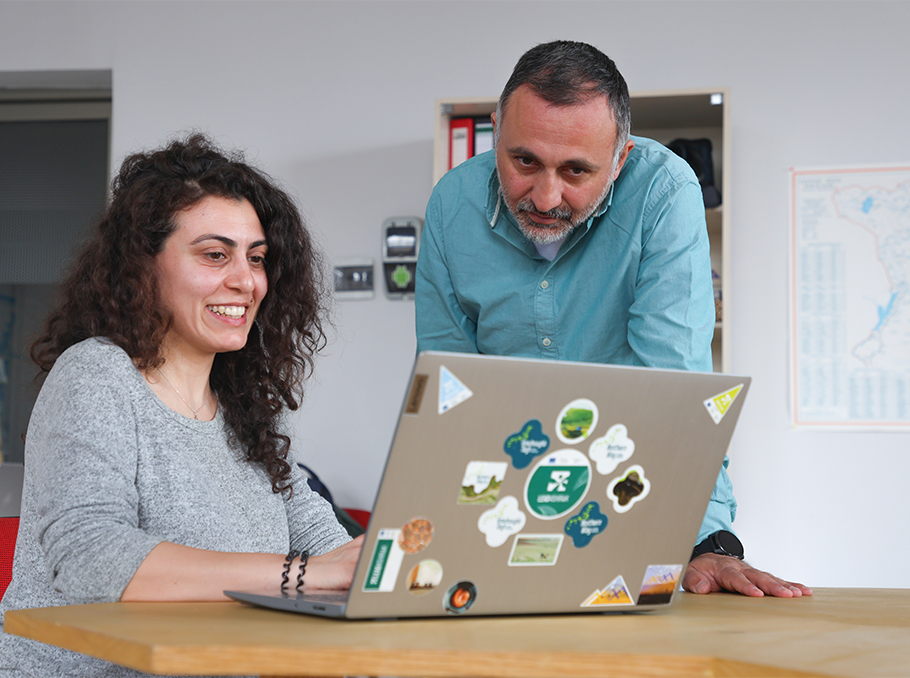

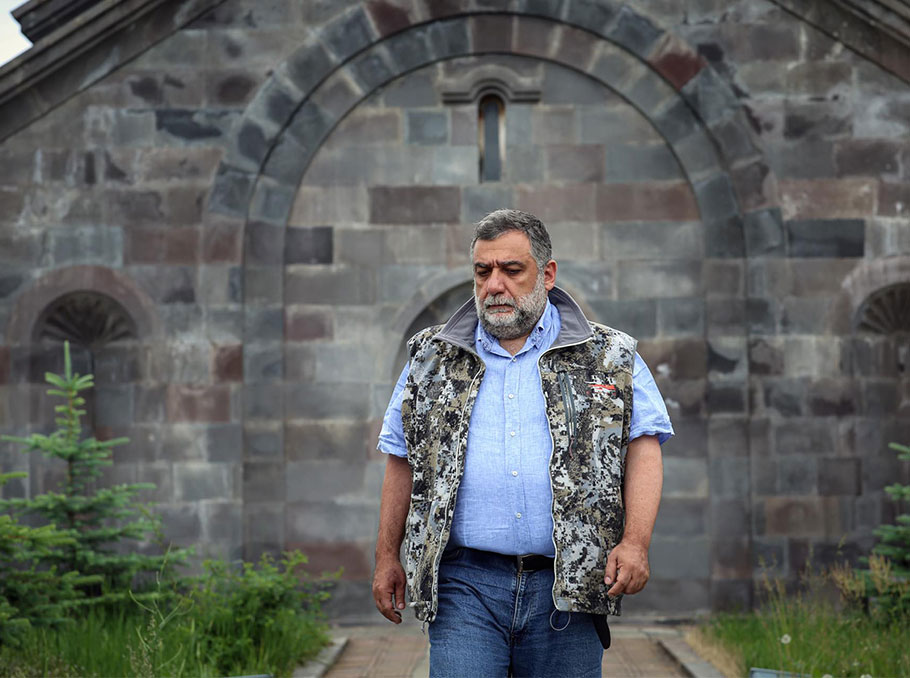
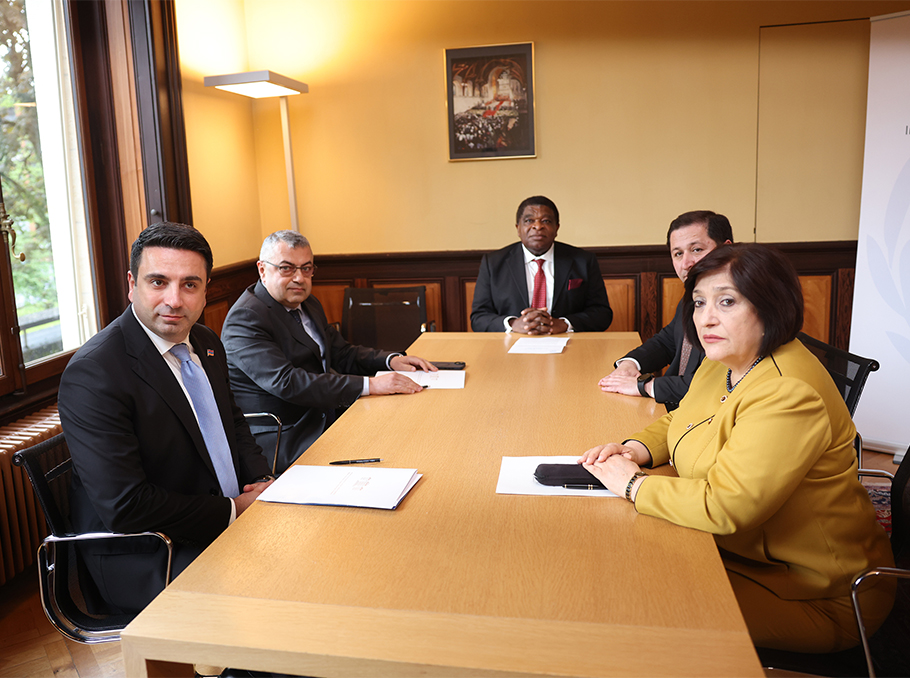



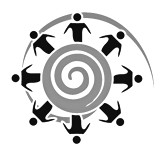



Comments
Dear visitors, You can place your opinion on the material using your Facebook account. Please, be polite and follow our simple rules: you are not allowed to make off - topic comments, place advertisements, use abusive and filthy language. The editorial staff reserves the right to moderate and delete comments in case of breach of the rules.